Search Results
Fine Jewelry University Articles matching: “loose stones”
Showing only FJU Article results. Click here to show all results.
Fine Jewelry University (Show All FJU Articles)
-
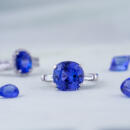
Gem in the Spotlight: Tanzanite
… majority (current estimates are around 95%) of tanzanite is heat treated to help bring out the vibrant blues. The stones that haven’t been heated by humans were heated through natural effects while they were still underground. Without … isn’t heated and is still pretty enough for jewelry displays trichroism. Trichroism is an effect that causes gemstones to display different colors when viewed at different angles. Tanzanite in its raw form has three colors: blue, purple, …
-

How to Tell If a Diamond Is Natural or Lab Grown
… IIa test is only an indicator for the gemologist to use. There are lab grown diamonds that are not Type IIa, and there are natural diamonds that are Type IIa, so it’s not a 100% conclusive test. Also, a diamond has to be completely loose (unmounted) to perform the test. Photoluminescence Spectroscopy and UV Radiation Going beyond the Type IIa test, more advanced equipment exists that uses spectroscopic techniques to analyze gems. One such machine is the DiaTrue …
-
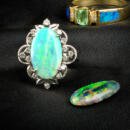
Gem in the Spotlight: Opal
… color, and a wide range of colors. Red carries more value and is by far the rarest color that opals can display. Stones with larger patches of color are valued higher than those that display only small pins (pinfire) or no play of color at…”. Opal has a refractive index of 1.37 – 1.47 and a Mohs hardness of 5.5-6. This makes it one of the softest gemstones commonly used in jewelry. For reference, here are the Mohs hardness values for some other gemstones you may know: Diamond…
-
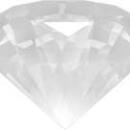
Fake Diamonds: The Great Diamond Attack
… how to tell if a diamond is lab grown . Synthetic gems are not new to the jewelry profession. Synthetic colored stones have been around for over a 100 years. The impact was dramatic in the beginning then adjustments were made and the new … they are making are somewhat unusual for the diamond trade. The common colors are a bright green and yellow/orange stones. Some call the colors antifreeze looking. Is this process a simple treatment of a natural stone or is it the …
-
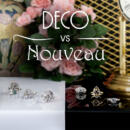
Art Deco vs. Art Nouveau Style Jewelry
… it impacted almost every artistic medium. Jewelry makers embraced materials such as enamel, horn, and semi-precious stones to create pieces that were not just adornments but works of art. Many Art Nouveau jewelry pieces were made in silver… quite common as well. The diamonds used in Art Nouveau jewelry were typically Old Mine cuts, but Old European cut stones were also included as they became more popular. In contrast, Art Deco arrived in the 1920’s and 1930’s, characterized …
-
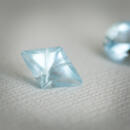
Gem in the Spotlight: Aquamarine
… was believed to guarantee a happy marriage and inspire mutual fidelity in newlyweds. Notable Aquamarine Gemstones The largest gem-quality aquamarine gemstone ever mined was 19 inches long. The largest cut aquamarine is named the Dom Pedro …. Her tiara is an exquisite piece of platinum jewelry that has evolved several times over the years. Having larger stones swapped in and exchanging her pendant for the center stone in the tiara. The tiara is one of only a few items of …
-
Learn Secret Diamond Buying Skills From a Professional Diamond Buyer
… secrets to diamond grading allow for fast, accurate assessments that are easy to learn. Let’s start with low grade stones. If you can see any inclusion with a non magnified look at the stone, the diamond is a lower grade. You don’t have to… is have your own color grading master stone. If you own a diamond bring it with you as you shop. Compare all the stones you are looking at to your diamond. Note: keep your diamond very clean to judge accurately. It does not matter if your …
-
Understanding the Diamond Buying Game
…understanding a diamond report is not just seeing the four C’s grade to compare diamonds. The same lab can grade two stones H VS2 1.00 carat and the value of the two diamonds can be hundreds, if not thousands of dollars different. It is a … not all diamond grading labs grade with the same standard. GIA and AGS use the most technical standards. EGL uses a looser grading standard, I call market grading. In addition, EGL has a franchise like business model and different EGL …
-
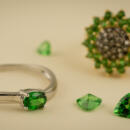
Gem in the Spotlight: Tsavorite Garnet
… is also a very rare gemstone. It is uncommon to find Tsavorite in sizes larger than five carats, and most faceted stones are below two carats. By some estimates, Tsavorite is around 200 times rarer than the much better known Emerald. … doesn’t exactly roll off the tongue. So, a proper name was definitely in order. The nomenclature of gemstones follows certain rules, and according to modern mineralogical methods, gemstones are given a name which ends in “-ite”. In honor …